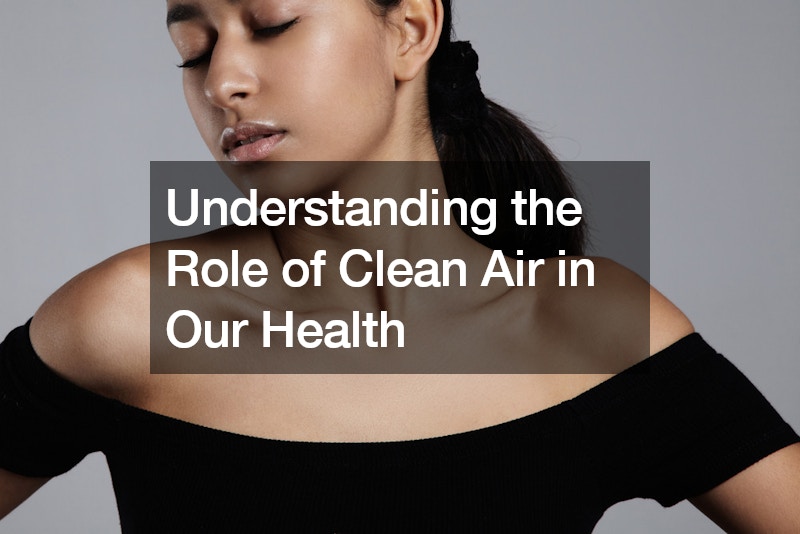
Vaginal bleaching has become an increasingly popular cosmetic procedure for individuals seeking to lighten the skin around their intimate areas. However, before deciding to undergo this treatment, it’s important to ask, ” Is vaginal bleaching safe?” and consider several key factors to make an informed decision.
Understanding the Procedure
Vaginal bleaching typically involves the application of topical creams, gels, or laser treatments aimed at reducing pigmentation. The goal is to achieve a more uniform skin tone in the vaginal area.
These treatments can be performed at specialized clinics or at home with over-the-counter products. While the idea of enhancing personal aesthetics can be appealing, it’s crucial to understand the implications and potential risks associated with these procedures.
Safety and Risks
When considering “Is vaginal bleaching safe?”, it’s essential to recognize that the safety of this procedure can vary depending on the methods and products used. Topical creams and gels often contain chemicals like hydroquinone, kojic acid, and various acids that can cause irritation, allergic reactions, and long-term skin damage if not used correctly. These chemicals can sometimes lead to redness, burning, or even scarring.
Laser treatments, while generally more controlled and precise, also carry risks. Potential side effects include pain, swelling, and changes in skin texture. Additionally, the sensitive nature of the vaginal area means that any adverse reaction can be particularly uncomfortable and challenging to treat.
Consultation with a Professional
Before undergoing vaginal bleaching, it’s highly recommended to consult with a healthcare professional or a licensed dermatologist. A professional can assess your skin type, discuss potential risks, and recommend safe and effective treatment options. They can also advise on alternative treatments that might achieve similar aesthetic goals without the associated risks.
Consider Your Motivation
Understanding why you want to undergo vaginal bleaching is important. Societal pressures and beauty standards often influence these decisions. It’s vital to ensure that your motivation stems from a personal desire rather than external pressures. Self-acceptance and confidence in one’s natural appearance are essential considerations.
Alternative Options
For those concerned about the risks associated with vaginal bleaching, there are alternative options to consider. Natural remedies, such as aloe vera, turmeric, and yogurt, are often touted for their skin-lightening properties. While these methods are generally safer, they may not produce as dramatic results as chemical or laser treatments. Regular exfoliation and moisturizing can also help improve the overall appearance and texture of the skin.
Post-Treatment Care
If you decide to proceed with vaginal bleaching, post-treatment care is crucial for minimizing side effects and achieving the best results. Follow your provider’s instructions carefully, avoid using harsh soaps or products in the treated area, and keep the skin well-moisturized. It’s also important to monitor for any signs of adverse reactions and seek medical advice if needed.
.




